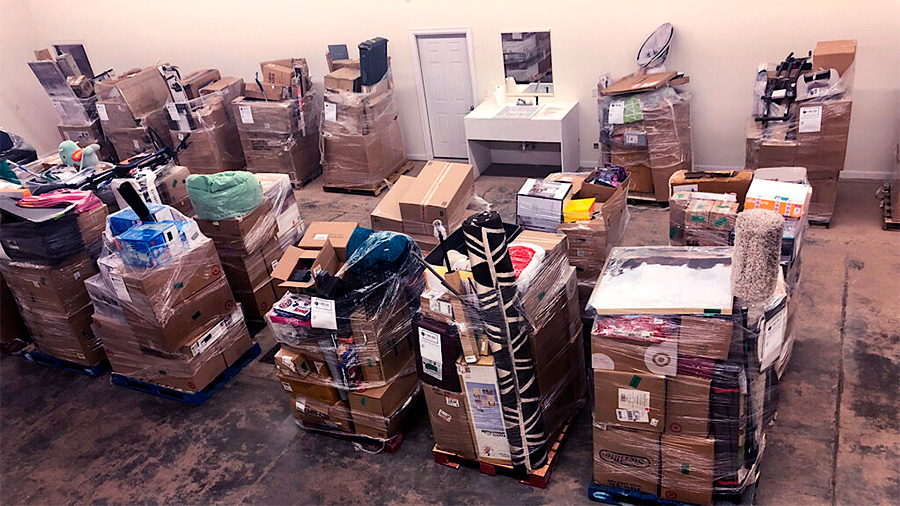Managing assets involves understanding the risks associated with non-liquid assets, leveraging auctions and liquidation sales, and measuring the efficiency of asset conversion. This article explores the challenges of holding non-liquid assets, the impact of payment terms on cash flow, strategies to protect liquidity against external risks like bank failures, and metrics for evaluating asset conversion efficiency.
What Are The Risks Associated With Holding Non-Liquid Assets?
Holding non-liquid assets involves several risks you need to consider:
- Illiquidity Risk: You can’t quickly convert these assets to cash, which can be a major issue if you need money urgently. Selling non-liquid assets can be slow and might involve significant losses.
- Valuation Challenges: Assets like real estate or collectibles often have unpredictable values and may sell for much less than their perceived worth, especially in a hurry.
- Market Demand: Finding a buyer for non-liquid assets can take a long time, and you could end up selling at a discount if market demand is low.
- Economic Impact: During economic downturns, non-liquid assets can leave you vulnerable. If their value drops, liquidating them to minimize losses is not easy.
- Financial Inflexibility: If you rely too much on non-liquid assets, cash flow problems can arise, forcing you to make sacrifices or take on debt to meet immediate financial needs.
- Depreciation: Some assets, like equipment and vehicles, can lose value over time, impacting your overall financial health.
Lastly, investing in non-liquid assets requires thorough research and a clear exit strategy, which can be complex and time-consuming. Bringing it all together, you face illiquidity risk, valuation challenges, and market demand issues with non-liquid assets. These assets can also lead to financial inflexibility, depreciation, and require substantial due diligence. Balance your portfolio for flexibility and resilience.

What Role Do Auctions And Liquidation Sales Play In Asset Conversion?
Auctions and liquidation sales are pivotal for converting assets into cash. If you need to sell assets rapidly and transparently, auctions are ideal. You can often get higher returns due to competitive bidding. On the other hand, liquidation sales involve selling assets directly over an extended period, allowing you to negotiate for a fair market value.
Here’s a quick rundown:
- Auctions: These events ensure quick asset conversion, offer potentially higher returns due to competitive bidding, and maintain a transparent process.
- Liquidation Sales: You get a controlled sale process, the potential for market value through negotiations, and suitability for various assets like real estate and inventory.
Choosing between the two depends on your urgency, asset type, and market conditions. We recommend consulting professionals like auction houses or liquidation companies to optimize your asset conversion strategy.
All things considered, both auctions and liquidation sales provide effective ways to convert your assets into cash, depending on your specific needs.
How Do Terms Of Payment With Suppliers Impact A Company’s Cash Flow?
The terms of payment you set with your suppliers directly impact your company’s cash flow. Here’s how:
- You can delay cash outflows by negotiating longer payment terms, keeping more money in your business for a longer period. This helps you cover operational expenses and invest in opportunities without needing loans. Consistent payment schedules give you a clearer picture of your cash flow, making it easier to plan for the future and handle unexpected expenses.
- Balancing your cash inflows and outflows by extending your payment terms while optimizing receivables reduces the need for excessive working capital. However, too short payment terms can strain your cash flow, forcing you to take loans with additional costs. Conversely, excessively long terms might damage supplier relationships or result in lost sales if your customers can’t pay quickly.
- You can improve cash flow by renegotiating payment terms without hurting your credit. Offering early payment discounts to customers can incentivize quicker payments and strengthen your business relationships.
Lastly, managing and negotiating payment terms carefully helps you stabilize your cash flow, support business growth, and minimize financial risks while maintaining good relationships with suppliers.

How Can Businesses Safeguard Their Liquidity Against External Risks Like Bank Failures?
To safeguard your business’s liquidity against external risks like bank failures, you should take proactive and diversified steps. Here’s how you can do it:
- Diversify Your Bank Accounts: Spread your deposits across multiple banks to minimize the impact of a single bank’s failure. The FDIC insures deposits up to $250,000 per depositor, per bank, so this approach can keep more of your funds insured.
- Maintain a High-Quality Liquid Asset Portfolio: Invest in assets that can be easily converted to cash without significant loss, ensuring quick access to funds when needed.
- Optimize Cash Flow Management: Regularly forecast and plan for various scenarios. This helps you identify potential shortfalls and prepare accordingly.
- Secure Credit Lines from Multiple Institutions: Establishing these credit lines provides you with a financial cushion in times of need.
- Monitor and Assess Bank Health: Stay informed about the financial stability of your banking partners by choosing well-capitalized and reputable banks with strong risk management practices.
- Leverage Payroll Services: If your payroll expenses are high, these services can manage large sums and ensure timely payments even during banking disruptions.
Finally, by implementing these strategies, you can enhance your business’s resilience and ensure continuous access to funds, even in the face of bank failures.
What Metrics Can Companies Use To Measure Their Efficiency In Converting Assets To Cash?
You can measure your company’s efficiency in converting assets to cash using several metrics:
- Cash Conversion Cycle (CCC): Measures the time it takes to convert inventory and receivables into cash. A shorter CCC indicates greater efficiency.
- Operating Cash Flow Ratio: Compares your operating cash flow to net sales revenue. A higher ratio means more cash generation from operations relative to sales.
- Quick Ratio: Assesses your ability to meet short-term financial obligations with liquid assets. A higher quick ratio signifies a stronger cash position.
- Days Sales Outstanding (DSO): Calculates the average number of days it takes to collect payments from customers. Lower DSO indicates quicker payment collections, improving cash flow.
- Cash Balance: Regularly monitoring your company’s cash balance is vital for understanding operational cash efficiency, even though it’s not a true metric.
- Cash Conversion Score: Particularly useful for SaaS companies, this measures the ROI of dollars put into your business, combining your annual recurring revenue (ARR) with equity, debt, and cash.
- Cash Conversion Ratio (CCR): Compares operating cash flows with profitability. A higher CCR indicates efficient conversion of profits into cash.
- Asset Turnover Ratio (ATR): Measures how efficiently you generate revenue from assets. Higher ATR signifies better use of assets to generate sales.
You should regularly monitor and compare these metrics against industry benchmarks. Focus on improving working capital management, inventory turnover, and receivables collection to enhance cash efficiency.
In closing, by keeping an eye on metrics like CCC, DSO, CCR, and ATR, you can ensure your company remains financially healthy and efficient in converting assets to cash.


